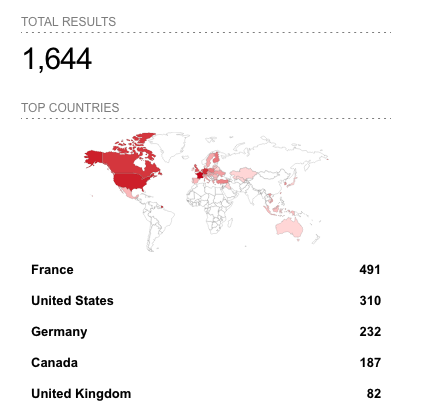Week in review: PaperCut vulnerabilities, VMware fixes critical flaws, RSA Conference 2023

Here’s an overview of some of last week’s most interesting news, articles, interviews and videos:
RSA Conference 2023
RSA Conference 2023 took place at the Moscone Center in San Francisco. Check out our microsite for related news, photos, product releases, and more.
Overcoming industry obstacles for decentralized digital identities
In this Help Net Security interview, Eve Maler, CTO at ForgeRock, talks about how digital identities continue to play a critical role in how we access online services securely. Maler also highlights the challenges encountered by various industries in implementing decentralized digital identities.
PaperCut vulnerabilities leveraged by Clop, LockBit ransomware affiliates
Clop and LockBit ransomware affiliates are behind the recent attacks exploiting vulnerabilities in PaperCut application servers, according to Microsoft and Trend Micro researchers.
Common insecure configuration opens Apache Superset servers to compromise
An insecure default configuration issue (CVE-2023-27524) makes most internet-facing Apache Superset servers vulnerable to attackers, Horizon3.ai researchers have discovered.
3CX breach linked to previous supply chain compromise
Pieces of the 3CX supply chain compromise puzzle are starting to fall into place, though we’re still far away from seeing the complete picture.
GitHub introduces private vulnerability reporting for open source repositories
GitHub has announced that its private vulnerability reporting feature for open source repositories is now available to all project owners.
Google Authenticator updated, finally allows syncing of 2FA codes
Google has updated Google Authenticator, its mobile authenticator app for delivering time-based one-time authentication codes, and now allows users to sync (effectively: back up) their codes to their Google account.
VMware fixes critical flaws in virtualization software (CVE-2023-20869, CVE-2023-20870)
VMware has fixed one critical (CVE-2023-20869) and three important flaws (CVE-2023-20870, CVE-2023-20871, CVE-2023-20872) in its VMware Workstation and Fusion virtual user session software.
Google adds new risk assessment tool for Chrome extensions
Google has made available a new tool for…



